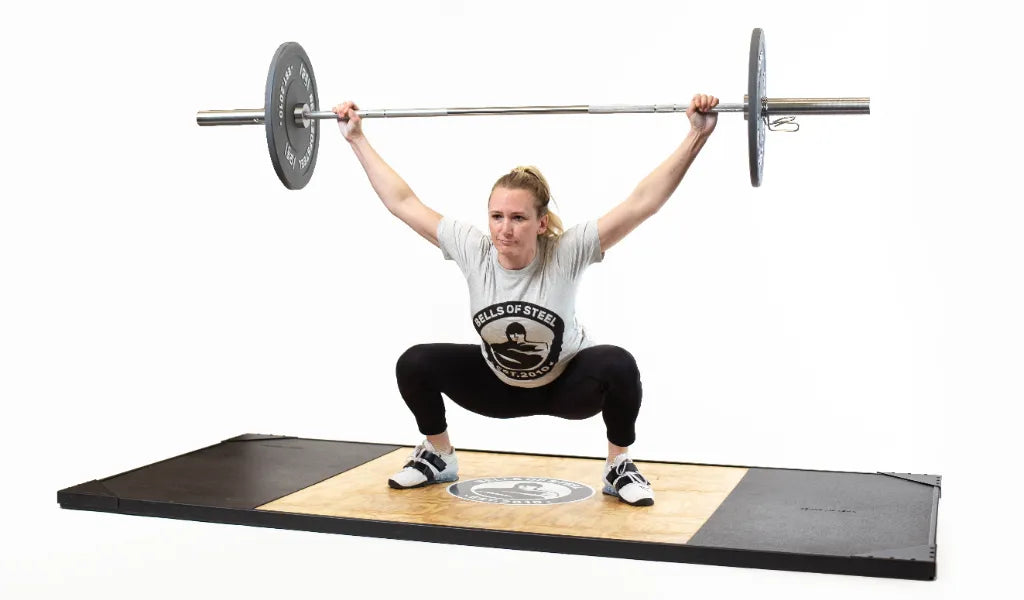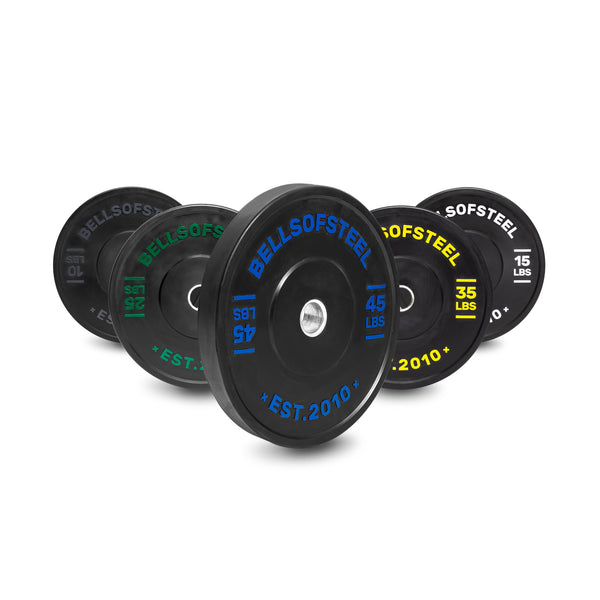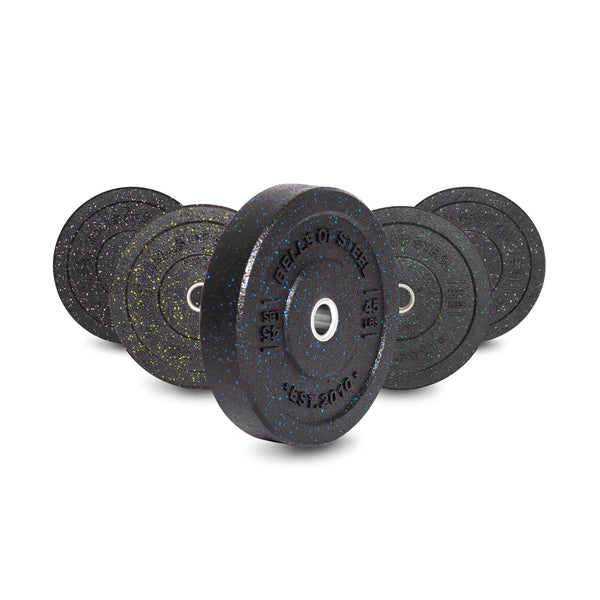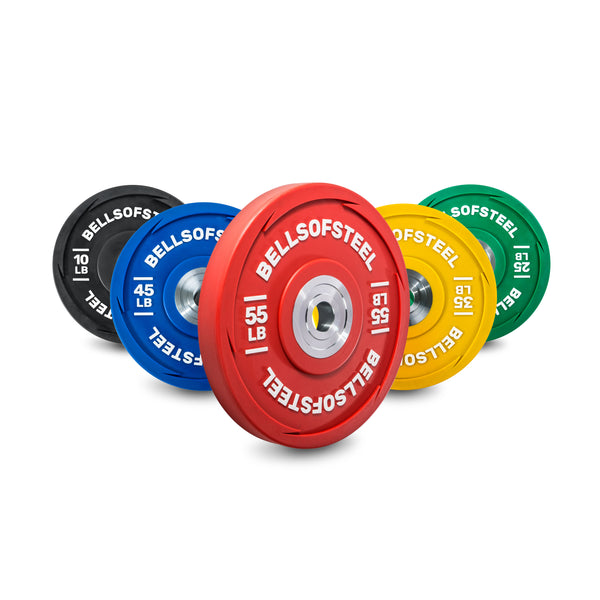So, you've decided to upgrade your home gym, and you're diving into the world of bumper plates. Well, buckle up, because we're about to take you on a thrilling ride through the iron…or rubber… jungle.
Choosing the right bumper plates isn't just about picking up heavy stuff; it's an art, a science, and sometimes, it's a comedy of errors. But fear not, fellow lifters, we've got your back.

Why Bumper Plates?
Before we delve into the nitty-gritty, let's address the elephant in the room – why bother with bumper plates?
Well, friends, they're not just oversized Frisbees for muscleheads. Bumper plates are designed for one glorious purpose – the almighty drop. Whether you're practicing your Olympic lifts or just want to add some drama to your deadlifts, bumper plates are the unsung heroes that protect your floor, your equipment, and your eardrums.
Types of Bumper Plates
1. Crumb Rubber Bumper Plates
These bad boys are made from recycled rubber. Crumb rubber plates are a budget-friendly option that provides decent bounce and noise absorption. Plus, you get to feel good about saving the planet, one deadlift at a time.
Pros of Crumb Rubber Bumper Plates:
- Budget-friendly
- Eco-friendly
- Decent bounce
Cons of Crumb Rubber Bumper Plates:
- Not as durable as other options
- Bounce might be too much for some exercises
2. Virgin Rubber Bumper Plates
Think of virgin rubber plates as the royalty of the bumper plate kingdom. Made from pristine rubber, they offer a sleek design, minimal odor, and durability that rivals a cockroach surviving a nuclear apocalypse. These plates are the luxury cars of the lifting world – smooth, reliable, and oh-so-satisfying.
Pros of Virgin Rubber Bumper Plates:
- Durable
- Minimal odor
- Sleek design
Cons of Virgin Rubber Bumper Plates:
- Higher price point
- Limited bounce
3. Urethane Bumper Plates
Urethane plates are the Rolls-Royce of bumper plates. They're sleek, low-odor, and practically indestructible. If you're a serious lifter with a penchant for the finer things in life, urethane plates might be your calling. Just be prepared to pay the price for that level of sophistication.
Pros of Urethane Bumper Plates:
- Extremely durable
- Low odor
- High-end appearance
Cons of Urethane Bumper Plates:
- Hefty price tag
- Limited bounce
Choosing the Best Bumper Plates: Key Considerations
1. Budget
Let's be real – we can't all have a home gym that rivals NASA's training facility. If you're on a budget, crumb rubber plates might be your go-to. They get the job done without breaking the bank, leaving you with more money for protein shakes and those fancy lifting shoes.
2. Flooring
Your gym floor is like the unsung hero of your home setup. If you're dropping weights like they're hot, consider investing in thicker rubber flooring or silencer pads to keep both your plates and your floor happy. Trust us; your neighbors will thank you.
If flooring isn’t an option (here’s looking at you, garage gym guys and outdoor trainers), choose something durable to withstand the impact.
3. Use Frequency
Are you a weekend warrior or a daily disciple of the Iron Temple? The more frequently you lift, the more durable your plates should be. Virgin rubber or urethane plates might be worth the investment if you're planning to break a sweat regularly.
4. Noise Tolerance
If your gym is located in the heart of your home, your family might not appreciate the sound of thunderous drops during your 5 AM deadlift sessions. Crumb rubber plates are the stealthy ninjas of the bumper plate world, absorbing sound like it's their superpower.
FAQs About Bumper Plates
Q1: Can I drop bumper plates on concrete?
Yes, you can, but it's all about technique and the type of plates you're using. Check out this article for the lowdown on making sweet, sweet drops without damaging your concrete kingdom.
Q2: Are bumper plates worth it?
Absolutely! Bumper plates add a whole new dimension to your lifting game. Find out more about why they're worth the investment here.
Q3: What are bumper plates made of?
Curious about the anatomy of these weightlifting wonders? Get the scoop on what bumper plates are made of here.
Best Bumper Plates Conclusion
Choosing the best bumper plates for your home gym is a decision not to be taken lightly. Consider your budget, flooring, lifting frequency, and noise tolerance. Whether you go for the budget-friendly crumb rubber or the luxurious urethane, remember – it's not just about the plates; it's about the journey of becoming a home gym maestro.



